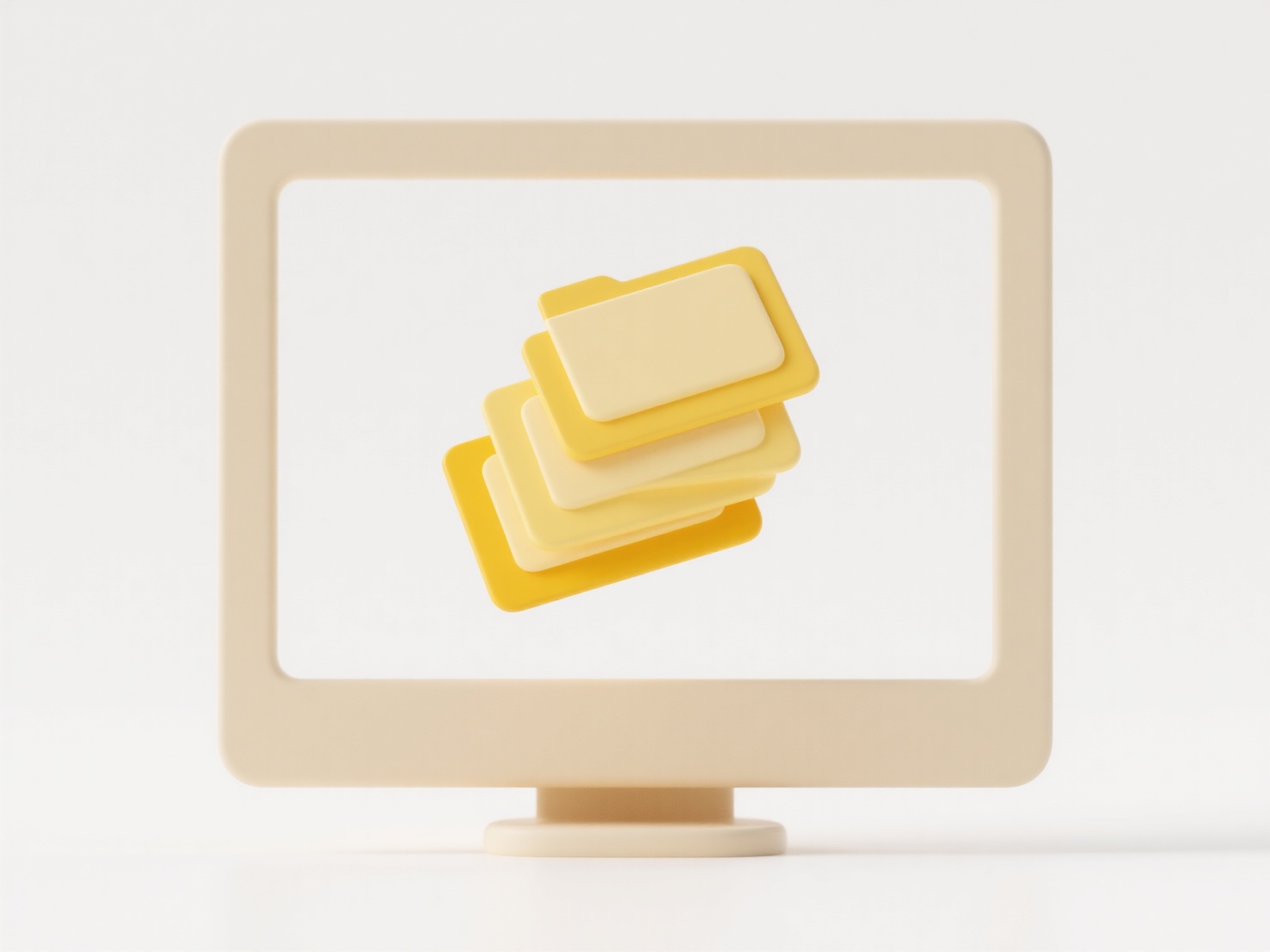
Organizing collaborative design files involves establishing clear systems to structure, store, and manage shared digital assets (like graphics, UI mockups, or CAD models) so team members can easily find, access, and contribute to the latest versions. It differs from organizing personal files by emphasizing structured naming conventions, version control, access permissions, and centralized repositories to prevent conflicts and ensure everyone works with the correct file. The core goal is to maintain efficiency, prevent duplication, and track progress as multiple contributors work simultaneously.

Key approaches include using a consistent folder hierarchy based on project phases or components, implementing detailed file naming conventions (e.g., ProjectName_Component_Version_Date_Author), and leveraging version history features within design platforms. For example, UI/UX teams often use tools like Figma or Adobe XD, creating projects organized into Pages for different screens or flows, with clear component libraries. Engineering and architectural teams might use platforms like Autodesk's cloud services or Onshape, organizing CAD files by sub-assemblies or project stages, often integrated with PLM software.
Effective organization significantly enhances team productivity by reducing time wasted searching for files and minimizing errors from outdated versions. However, it requires discipline in following agreed-upon protocols and careful management of user permissions to maintain security. Future developments include more intelligent AI-driven auto-tagging, predictive folder structures, and deeper integrations between design tools and project management platforms, making collaboration increasingly seamless.
How do I organize collaborative design files?
Organizing collaborative design files involves establishing clear systems to structure, store, and manage shared digital assets (like graphics, UI mockups, or CAD models) so team members can easily find, access, and contribute to the latest versions. It differs from organizing personal files by emphasizing structured naming conventions, version control, access permissions, and centralized repositories to prevent conflicts and ensure everyone works with the correct file. The core goal is to maintain efficiency, prevent duplication, and track progress as multiple contributors work simultaneously.

Key approaches include using a consistent folder hierarchy based on project phases or components, implementing detailed file naming conventions (e.g., ProjectName_Component_Version_Date_Author), and leveraging version history features within design platforms. For example, UI/UX teams often use tools like Figma or Adobe XD, creating projects organized into Pages for different screens or flows, with clear component libraries. Engineering and architectural teams might use platforms like Autodesk's cloud services or Onshape, organizing CAD files by sub-assemblies or project stages, often integrated with PLM software.
Effective organization significantly enhances team productivity by reducing time wasted searching for files and minimizing errors from outdated versions. However, it requires discipline in following agreed-upon protocols and careful management of user permissions to maintain security. Future developments include more intelligent AI-driven auto-tagging, predictive folder structures, and deeper integrations between design tools and project management platforms, making collaboration increasingly seamless.
Quick Article Links
How do I avoid accidentally overwriting files with similar names?
To prevent accidentally overwriting files with similar names, carefully manage your file naming, saving practices, and s...
Can I rename multiple folders as well as files in one operation?
Batch renaming allows modifying the names of numerous files and folders simultaneously using a single command or operati...
How do I organize files when collaborating across time zones?
Organizing files for cross-timezone collaboration involves structuring shared digital assets so team members can efficie...